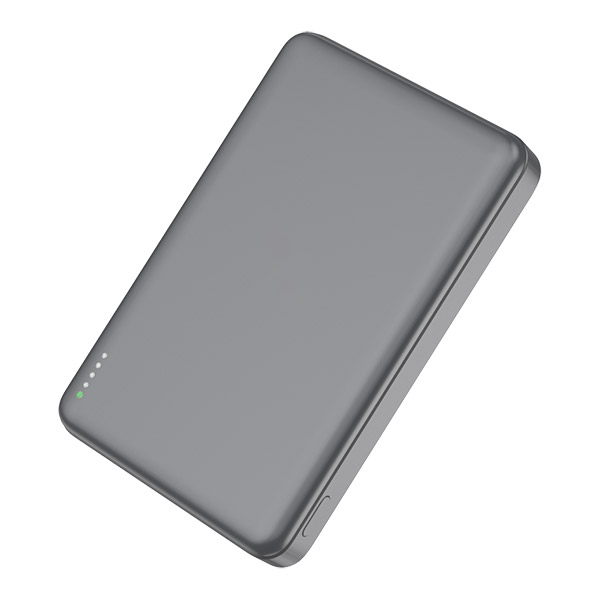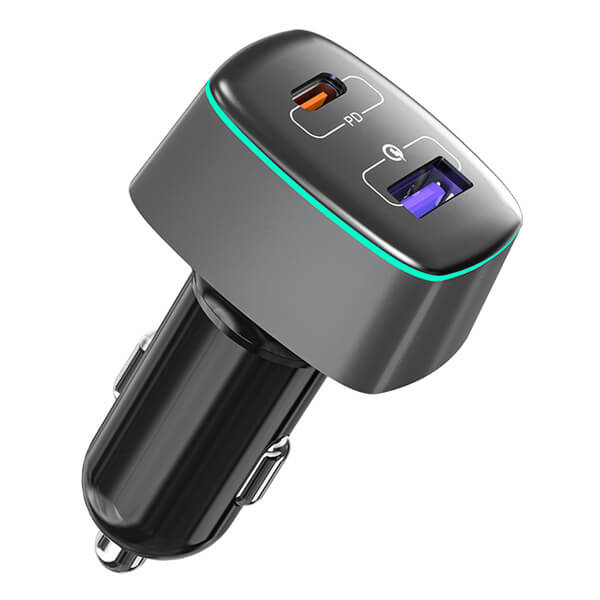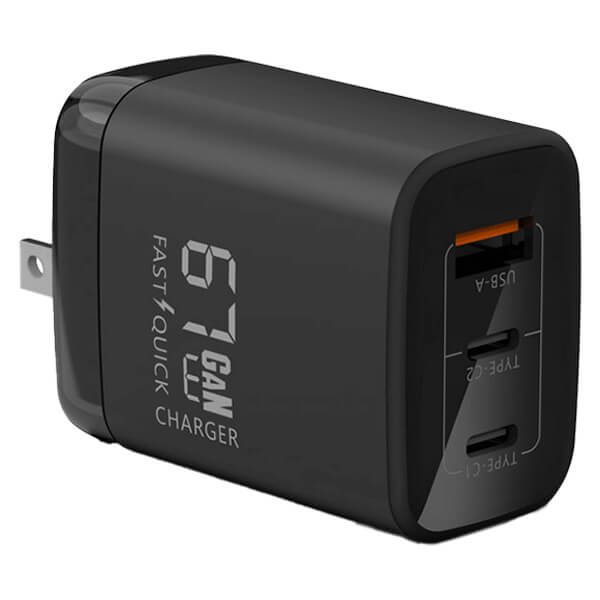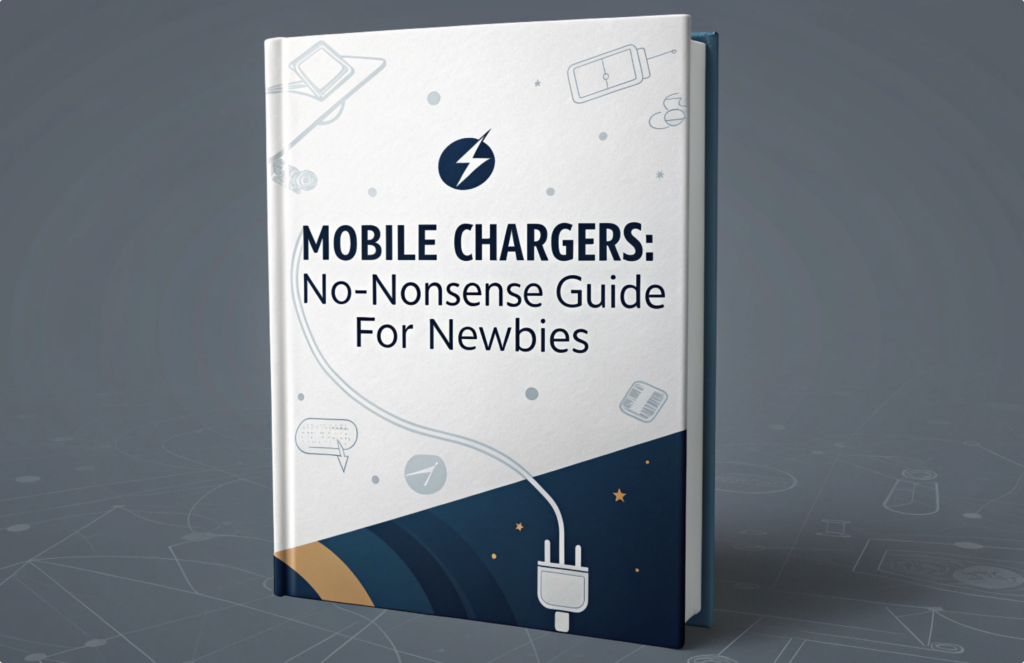
Air travel has become an integral part of our lives, and for many, staying connected is a necessity. Whether you want to catch up on work, watch a movie, or simply keep your devices charged, knowing the ins and outs of in-flight charging options can make your journey more convenient. In this article, we’ll explore the rules and options for charging your devices during a flight.
Charging Your Phone on a Plane?
Yes, you can charge your phone or other low-power devices on a plane. Airlines have recognized the importance of in-flight charging and provide passengers with options to keep their devices powered. However, there are some important considerations to keep in mind.
Keep Your Phone Off
While you can charge your phone during a flight, you’ll most likely need to keep it turned off. To ensure that you can use your phone while it’s charging, it’s a good idea to seek explicit approval from a flight attendant.
Airline-Specific Charging Options
Virgin America:
This particular airline is one of the few that provides one standard and two USB ports between each seat on their airplane. As a result, you must share with the person sitting next to you.
Delta Airlines:
This airline offers electrical outlets exclusively in First Class on certain 737 and 757 airplanes and all 767-300 (domestic only). USB ports are located in every Delta aircraft seat, including the 737-700, 737-800, 757-200, 767-300, 767-400ER, and 777-200ER. As a result, we recommend double-checking the flight details before buying the ticket to confirm that it includes the ports.
Southwest:
Unfortunately, this airline does not have AC outlets or USB ports. Southwest Airlines has not put these amenities into the seats to reduce the aircraft’s weight and maintain affordable prices, which is why, according to research, this airline is 10% cheaper than United and a staggering 26% cheaper than Delta.
United Airlines:
All seats on domestic flights, 757-200 premium intercontinental service, 757-300, and 777-200 aircraft feature 110V power ports. Furthermore, depending on the aircraft, certain 737-900/737-900ER United Airlines flights feature a power outlet on every seat, while some only have it on the exit row forward. A319, A320, 737-700, and 737-800 airplanes only have outlets on the exit row forward, while EMB175 only has this feature on premium seats.
American Airlines: Compared to other airlines, American Airlines provides an outlet for each seat on most of its airplanes. The Airbus fleet including the A319, A321, A321, and A321neo all feature a power outlet on every seat. However, A320, and A321 version 2 don’t provide an outlet for passengers. The Boeing fleet including Boeing 737 MAX, 737-800 Version 1, Version 2, 777-200, 777-300ER, 787-8 Version 1, Versions 2, and 787-9 have an outlet as well. On the other hand, The CRJ-700, CRJ-900, ERJ-140, ERJ-145, and ERJ-175 do not have an outlet for passengers. It’s worth noting that some of the outlets are DC like those used in vehicles (meaning you may need an adapter).
SeatGuru is a resource that provides information about airplanes. All you need to do is type the airline’s name, flight date, and flight number to obtain information, including in-flight amenities (AC power, Internet, and so on). Also, you can hover over each seat to discover whether that seat offers such amenities. Moreover, you can view the passengers’ comments and photographs regarding that specific flight.
Power Banks on Flights
Bringing a power bank with you on a flight can be a convenient way to ensure your devices stay charged. However, airlines have specific regulations regarding power banks:
Battery Capacity:
Airlines generally permit power banks with a capacity of up to 100Wh. Some airlines may allow power banks with a capacity of up to 160Wh, but it’s essential to check with the airline before your flight.
Carry-On Luggage:
Power banks are only allowed in carry-on luggage, and they should never be placed in checked baggage due to safety concerns.
Safety First:
Ensuring that your power bank is accessible during security checks is essential. A concealed power bank in checked luggage could lead to safety hazards. Charging Devices with a Power Bank: While you can bring a power bank on a flight, it’s important to note that you should not use it to charge your devices during takeoff, flight, or landing for safety reasons. Airlines strictly prohibit the use of power banks during the flight.
Staying connected during a flight has become more accessible with the availability of charging options on many airlines. Whether you rely on in-flight power outlets, USB ports, or a trusted power bank, understanding the rules and options for in-flight charging can help make your journey more comfortable and productive. Be sure to check your airline’s specific amenities and regulations to ensure a smooth and hassle-free travel experience.












